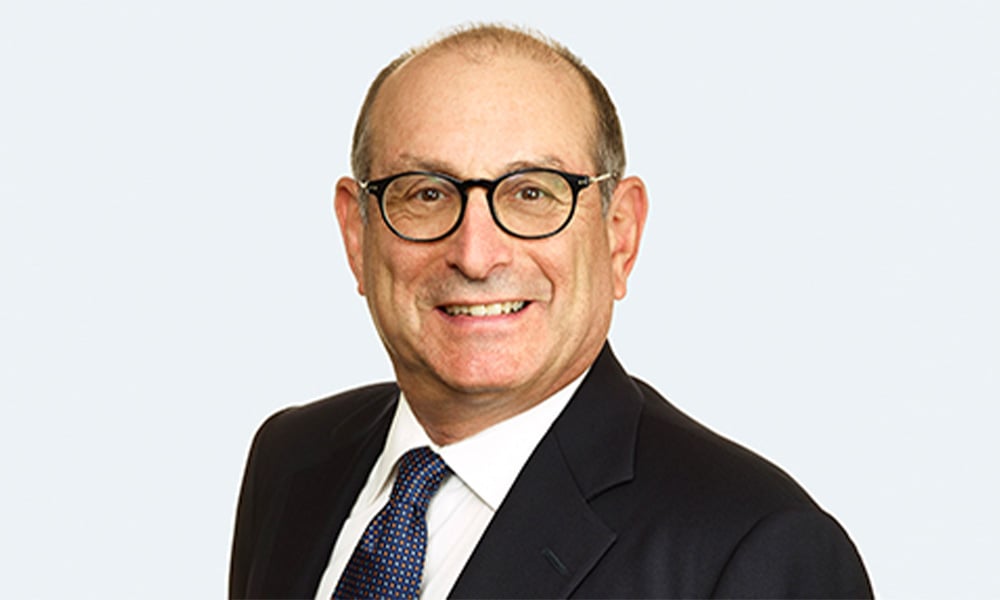
Peer assessment, support for sole-practitioners and small firms and tech competence among key themes

The Law Society of Ontario wants to hear from the profession about how it is regulating the career-long competency of its members.
At Convocation Wednesday, the Law Society’s Competence Task Force presented its report: “Renewing the Law Society’s Continuing Competence Framework.” The task force is seeking input from lawyers, paralegals, legal organizations and members of the public. The call for comment closes Nov. 30.
“This is a true consultation. Nothing is predetermined,” says Sidney Troister, Bencher and Task Force chair. “… My hope is for thoughtful and frank input from many licensees and organizations of all shapes and sizes who practice in diverse areas of law.”
“The input from the legal professions is vital to the work of the Competence Task Force. This is the opportunity to inject some fresh ideas into an aspect of how our professions are regulated.”
The Law Society said it has not yet made any decisions about what an updated competence model will look like. The Task Force will review input; assess the effectiveness of existing competence programs; determine which should continue, be modified or eliminated and evaluate alternatives. The Task Force will then make recommendations to the Board of Directors. The last time the Law Society analyzed and revamped its regulation of licensee competence was in 2001.
In its report, the Task Force identified “key themes” that it may use to come up with new competence programs and requirements. Given informal peer relationships provide opportunities for coaching and mentorship, the Task Force is exploring how peer assessment can be used as a “mechanism” for supporting licensees with practice-management challenges. To incentivize licensees in their commitment to ongoing professional development, the Task Force is looking at the possibility of establishing “learning roadmaps or curricula” leading to “credentialing or a concrete achievement.”
The Task Force is also considering increasing the number of practice reviews, enhancing the support for sole-practitioners and small firms and examining how to help give licensees the technological competencies that are increasingly required of them.
A significant takeaway from the report was that the introduction of mandatory Continuing Professional Development did not correlate with a reduction in claims against licensees, says Joseph Chiummiento, Bencher and Task Force Committee member.
“While that is not a pure indication of competency, historically about 5 per cent of the approximately 60,000 licensees in the profession experience claims consistently, year in and year out,” he says. “This was the case prior to mandatory CPD and afterwards.”
Another key theme identified in the Task Force’s report was the possibility of reducing the emphasis on mandatory CPD. The Task Force may want to tie requirements more closely to “practice areas, experience levels or identified areas of regulatory risk.”
“While lawyer and paralegal compliance with the CPD requirement has been high since inception, there may be a need to consider the type and content of program that will be the most impactful in maintaining and enhancing competence,” said the report.
Chiummiento adds that the Task Force report also demonstrated that nearly 80 per cent of all claims are the result of “failing to properly investigate, poor client-communication and poor time-management.”
“Typically, the business of Professionalism CPD hours,” he says.